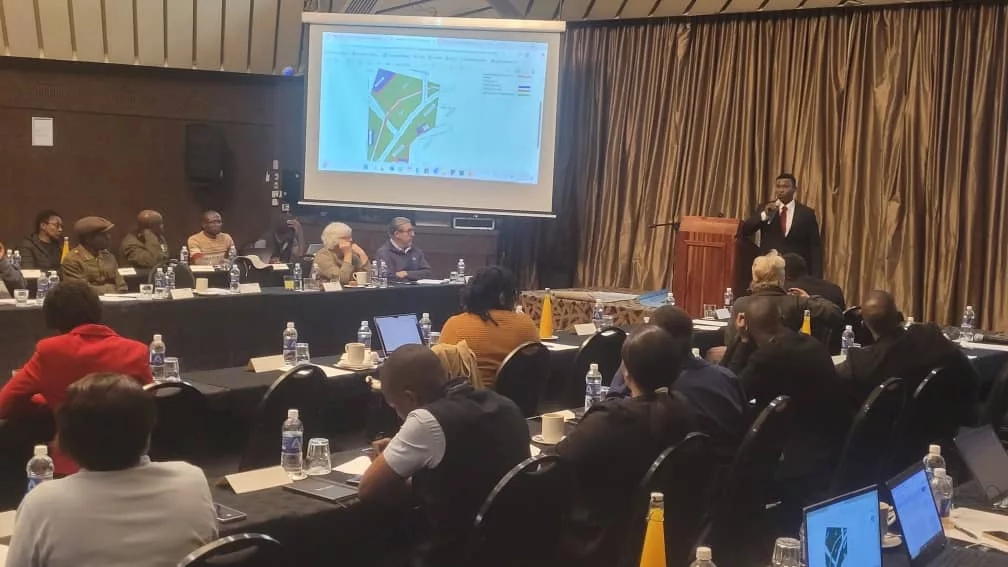The Postal and Telecommunications Regulatory Authority (POTRAZ) has said the performance of the sector continues to be dependent on the economic environment.
In his statement on the sector performance report for the first quarter of 2020, Dr. Gift Machengete, the POTRAZ Director-General said the economic environment impacts the sector through service demand and consumption levels, operating costs, and investment among other factors.
Dr. Machengete said that given the current inflationary pressures in the economy, operating cost containment will be even more crucial for operators to maintain profitability as the growth of operating costs poses a threat to operator viability.
“Data and internet services will continue to drive industry growth. The shift towards telecommuting and e-learning will drive demand for data and accelerate the voice-data substitution. The social distancing measures introduced to avoid the risk of exposure and spreading COVID-19 will see an increased usage of ICTs as people avoid physical contact and resort to conducting business online. The use of Over-the-Top services, such as WhatsApp, Skype, and Viber, is expected to grow in the current economic environment as consumers cut back on communication expenditure. The principal cause of the decline in letter volumes has been the substitution of paper communication by electronic methods (e-substitution). E-commerce needs to be supported as it is a pillar for postal reform.
“Mobile money services are expected to continue playing a key role of bridging the financial divide by providing safe, secure and cheap financial services in areas where many Zimbabweans have no access to formal banking systems. Volumes of mobile money payments are expected to maintain an upward trend due to the significant increase in the number of financial services offered on mobile money platforms as well as the implementation of interoperability following the enactment of Statutory Instrument 80 of 2020 on Mobile Money Interoperability,” Dr. Machengete said.
MAJOR HIGHLIGHTS
The following are the main sector trends for the first quarter of 2020 compared to the fourth quarter of 2019:
- The total number of active mobile subscriptions increased by 4% to reach 13,724,522 from 13,195,902; hence, the mobile penetration rate increased by 3.6% to reach 94.2% from 90.6%
- Active fixed telephone lines declined by 1.8% to record 260,959 from 265,734; the fixed tele-density remained at 1.8%
- Active internet and data subscriptions also declined by 2.5% to record 8,614,009 from 8,836,299
- As a result, the Internet penetration rate declined by 0.7% to reach 59.1% from 60.6%
- Total fixed voice traffic declined by 6.9% to record 112.1 million minutes from 120.35 million minutes.
- Total mobile voice traffic declined by 4.7% to record 1.33billion minutes from 1.4billion minutes
- On the other hand, mobile internet and data traffic increased by 2.8% to record 6,661TB from 6,489TB
- Used International Internet Bandwidth Capacity also increased by 8.2% to record 124,627 Mbps from 115,212 Mbps
- Total postal and courier volume declined by 1.1% to record 1,342,957 items from 1,357,364
- Revenue generated by the mobile telephone networks grew by 26.2% to record $2.1 billion from $1.65 billion. At the same time, mobile network operating costs grew by 46.1% to record $1.4 billion from $988.2 million
- IAP revenues grew by 49.6% to record $754.3 million from $504.1 million; Meanwhile, operating costs for IAPs grew by 80% to record $749.4 million from $416.3 million.






